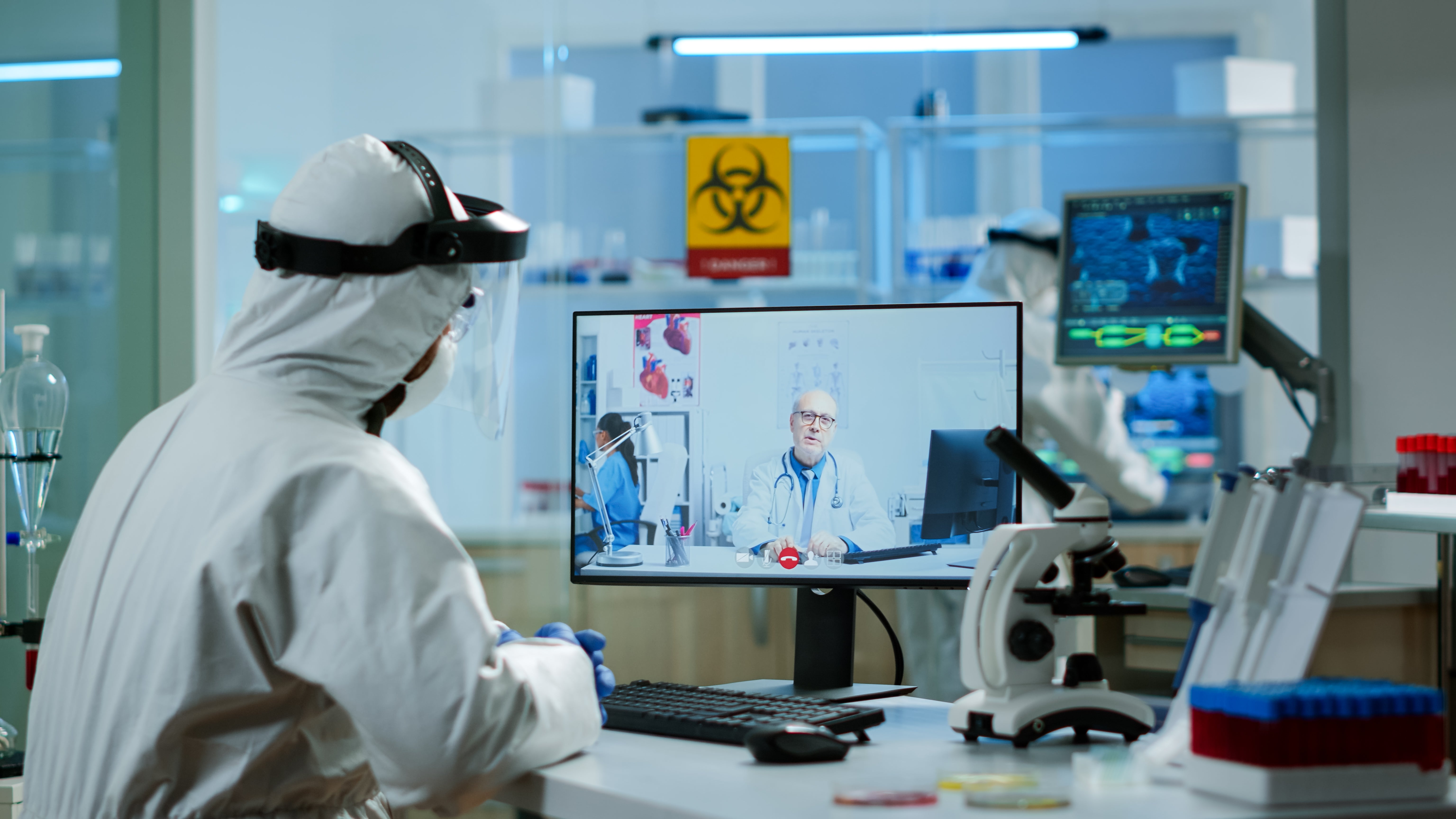How MedTech Companies Are Delivering Better Care Through Digital Engagement
Commercial and medical leaders from QIAGEN and FUJIFILM Sonosite explore the impact of digitization of content and communications on the medtech industry.
The medtech industry’s transformational shift towards digital, patient-centered healthcare continues to evolve as companies integrate new technologies and processes into their operations. Providers have access to more data than ever before, and patients are receiving more personalized, value-based care. Still, challenges remain. As medtech companies work to enhance their digital strategies, they’re modernizing everything from their manufacturing to marketing to better engage patients and providers alike.
Medtech leaders around the globe have transformed their commercial marketing and medical affairs to quickly respond to the unprecedented changes brought about by COVID-19. Two of those leaders, Dr. Davide Manissero, chief medical officer at QIAGEN and Amanda DePalma, vice president of marketing at FUJIFILM Sonosite, provided their perspectives on these changes at a recent Veeva MedTech Commercial and Medical Forum Keynote.
Digitization and communication challenges persist
When the pandemic struck, businesses were faced with the challenge of providing uninterrupted information, communication, and service. One of the first things many medtech companies did was pivot to provide customers with resources on their website, such as educational, training, and procedure videos. This gave customers fast and easy digital access to the information they needed to gain critical knowledge, understand what they were facing, and how best to diagnose and manage patients.
Sales representatives for FUJIFILM Sonosite, which manufactures portable, point-of-care ultrasound devices, were accustomed to flying all over the country for customer meetings and presentations. Since physical meetings were no longer possible, the company quickly began working virtually to assist customers while also preparing for what would now be a digital launch of a new product. “We were driving awareness of the launch with our customers through virtual demos since tradeshows were no longer a possibility,” DePalma said.

QIAGEN’s core business is infectious disease, and Dr. Manissero noted that the pandemic was the first time diagnostics became a crucial component of the management and control response. Communication was the company’s biggest challenge, particularly from a medical affairs point-of-view, as QIAGEN was bringing a concept to clinicians and the general public that had never before been taken outside of the lab. “We had to communicate new messages to an audience that wasn’t our typical audience,” Manissero said. “But even more complicated was explaining PCR tests to the media, the general public, and clinicians as well.”
It was key for both companies to be flexible and adapt to changes so that they could rapidly identify inefficiencies, overlaps, and redundancies to improve their development processes.
The modernization of medtech
Medtech companies have made great strides in scaling and modernizing their operations since the beginning of the pandemic. While it was challenging, FUJIFILM Sonosite’s product launch went smoothly thanks to the company’s adoption of digital strategies. For example, the company developed a web-based module to virtually train its global sales and clinical teams so they could learn on their own. From email campaigns and social media to digital ads and sponsored content, the company almost exclusively focused on digital marketing strategies.
In addition to launching its new product digitally, FUJIFILM Sonosite continues to conduct all ongoing customer communications and presentations virtually. “By shifting to a virtual model, we were able to keep things simple and make information digitally available for our customers,” DePalma said. “We were also able to provide proactive digital communications and solutions that anticipated our customers’ own challenges with the pandemic.”
Medical affairs’ relationship with the field, clinicians, and laboratories has also evolved. Data management and the lifecycle management of product development has largely become digitized, as have interactions throughout the life science ecosystem. “The digitization of medical affairs has made exchanging data and communications much more efficient,” Manissero said. “Now we are able to succinctly and easily summarize information for the general public, engage clinicians faster and more effectively, and decompress the entire lifecycle of a diagnostic and infectious disease that would usually take a decade down to just a few months.”
Another pivotal change that was accelerated by the pandemic is that patients now expect to have access to their healthcare information wherever they are. Medtech companies are providing this access digitally and enabling patients to make decisions about their own healthcare. They’re also far more flexible in how they engage customers. “What we’ve seen is our customers across the globe are much more open to virtual presentations and digital interactions in general, and I definitely think that’s here to stay,” DePalma said.
What the future looks like
The pandemic has accelerated the industry’s ability to transition towards patient diagnostics all the way to self-testing. From a medical affairs standpoint, the future holds new ways of accessing and evaluating big data, as well as artificial intelligence integration in day-to-day evidence assessment.
Having the evidence to demonstrate that medtech companies are improving patient experiences and health outcomes will also be key, as will decreasing the cost of care and ensuring exceptional staff care and experiences—especially after the challenges endured during the pandemic.
Watch the on-demand MedTech Commercial and Medical Forum Keynote for additional insights and to learn how to address the challenges you’re facing today and prepare for the changes on the horizon.
